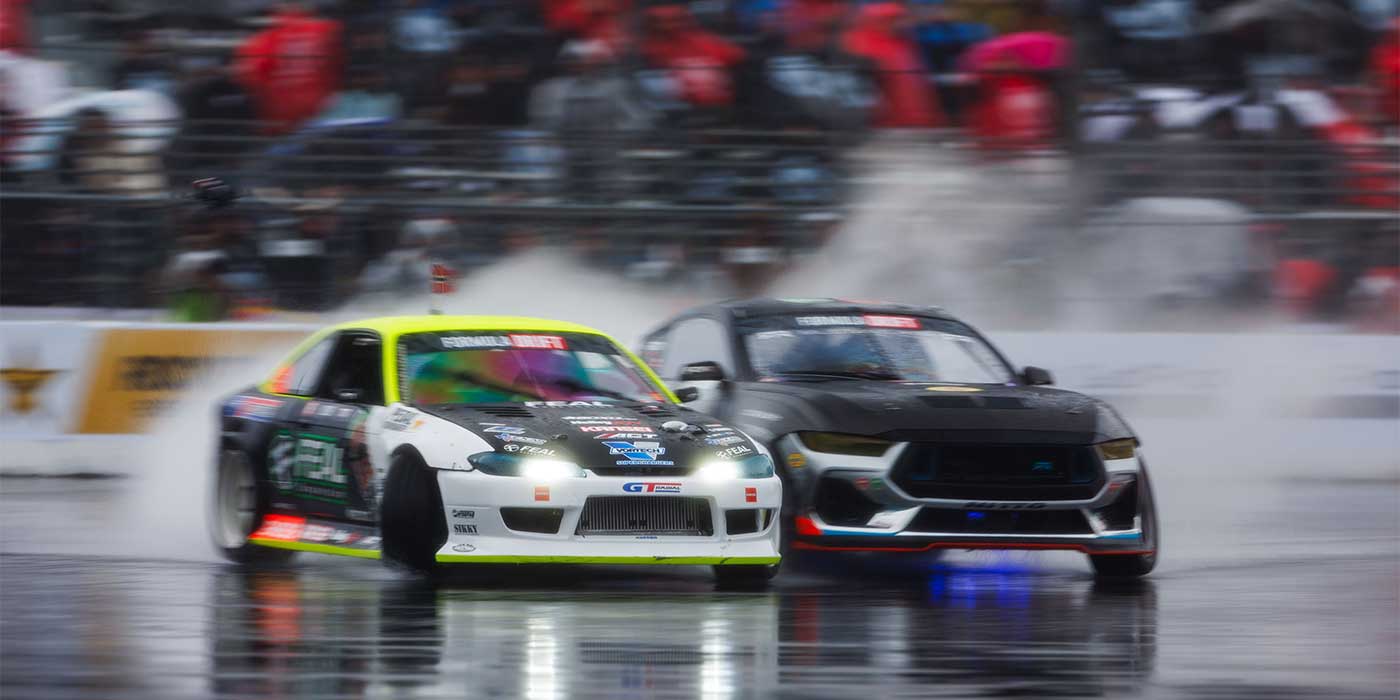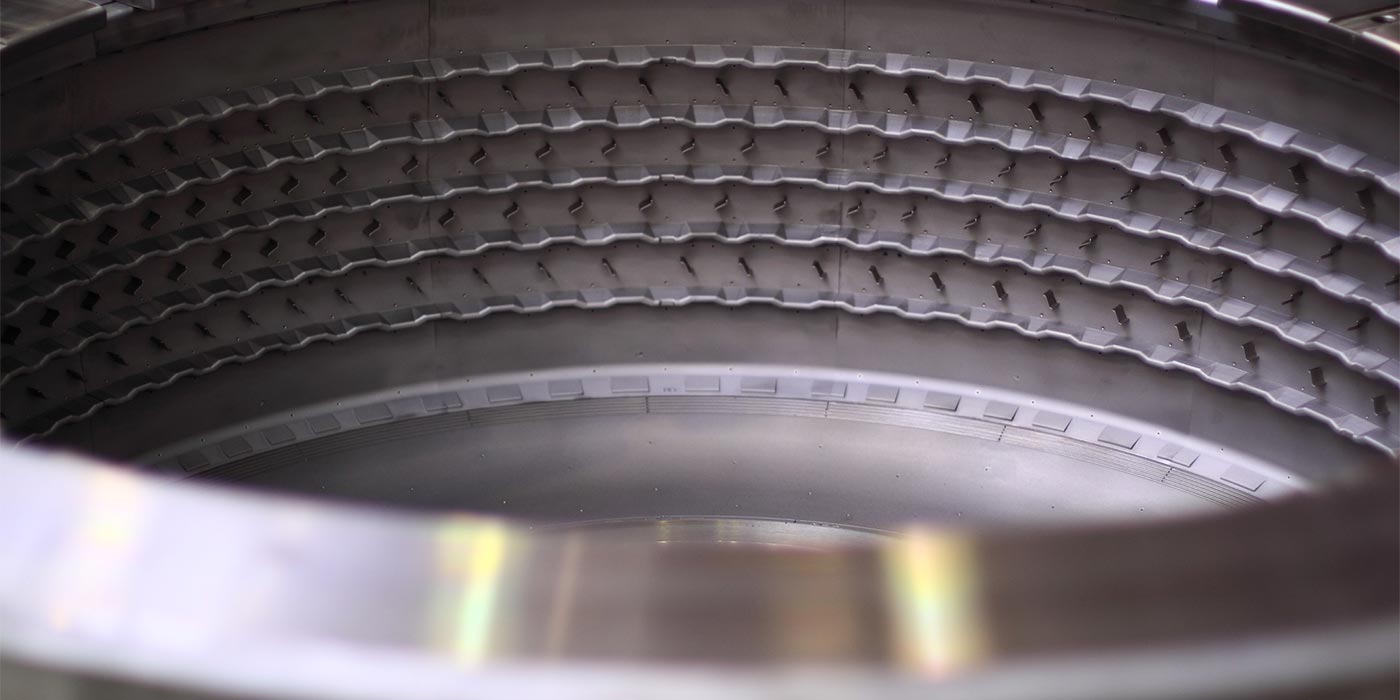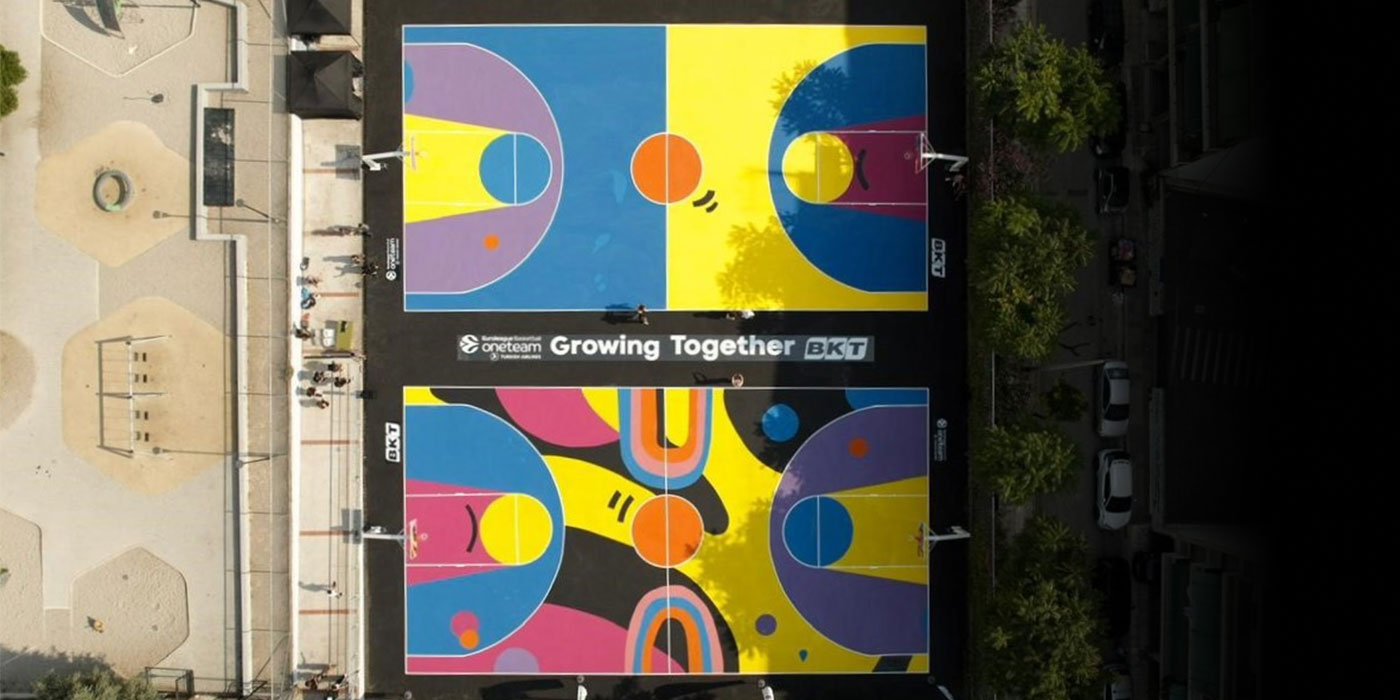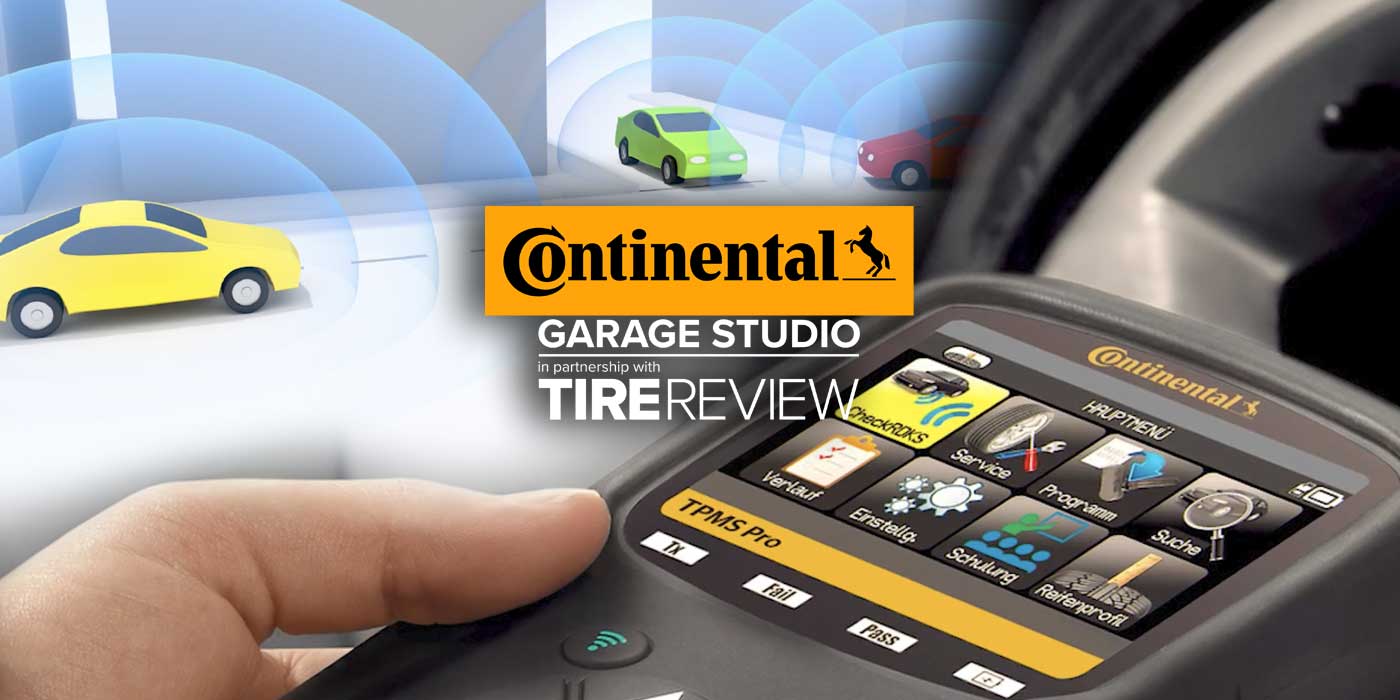Continental set out to demonstrate the role the technology company is playing in the development of safe, convenient and efficient solutions in the mobility ecosystem during a Monday press conference at the 2020 Consumer Electronics Show in Las Vegas.
One of the technologies it showcased was the “transparent hood” function, which displays the area beneath the hood enabling the driver to see terrain and obstacles that would otherwise not be visible. The transparent hood is based on Continental’s Surround View system, which consists of four satellite cameras and an electronic control unit.
An intelligent image processing algorithm reconstructs the image below the vehicle and inserts this image exactly into the view displayed to the driver, according to the company. Continental received the CES 2020 Innovation Award for this technology.
The company is working with partners to integrate ultra-wideband (UWB) technology into future vehicles to make keyless vehicle operation more secure and convenient.
When integrated into smartphones, UWB technology can enable new functions, such as secure passive entry or parking vehicles remotely. UWB will complement the existing short-distance radio standards in keyless vehicle access, Continental says. UWB makes keyless vehicle access more secure by preventing unauthorized access via relay (man-in-the-middle) attacks. In this theft strategy, the radio signal of the vehicle key is extended by radio technology in order to make the vehicle appear to be in close proximity to the driver. But the driver’s location is pinpointed almost to the centimeter using UWB communication. This information is used to control access.
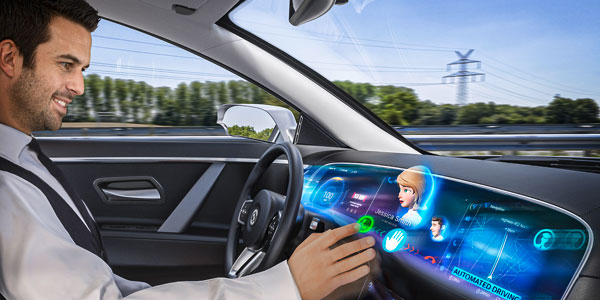
Introduced in 2019, the 3-D Lightfield technology that powers the Natural 3-D Centerstack display enables all passengers in the vehicle to see a 3-D experience without special glasses or head tracker cameras. Continental demonstrated the next generation of the Natural 3-D Centerstack display, bringing the technology to the center of the cockpit as a key element of human-machine interaction for the first time. The Natural 3-D Centerstack display also offers drivers and passengers a touch function.
Continental and its partner, Leia, are also integrating the technology into the center console display and for the first time in 4K resolution. In addition, the display board can be operated by touch and provides haptic feedback, which further increases convenience and operating safety.
Continental says it has also developed an online platform that automates and standardizes software development and integration in the vehicle. The Continental Cooperation Portal automates the back-and-forth between software delivery, testing and validation, as well as restoring data for all software suppliers in the event of errors. As a system integrator, Continental enables the development of digitally connected vehicles with an electronic architecture that focuses on high-performance computers (HPC) and reduces the importance of classic electronic control units, sensors and actuators.
At CES 2020, Continental also showcased a new cooperation for its loudspeaker-free audio system, which fills vehicles with lifelike three-dimensional sound, the company says.
In addition, the company says specialists from Continental’s subsidiary Argus Cyber Security have joined forces with the experts from T-Systems to present their first Automotive Security Operations Center (SOC) at CES 2020.
Finally, Continental showcased its new Contact Sensor System (CoSSy), which detects contact between a vehicle and a person or object at cutting speed. CoSSy helps to make applications like automated parking safer. The recording of sound signals by CoSSy can be used to detect a collision impact at low speeds so that the vehicle can be stopped immediately. Once installed, the CoSSy sensor signals can support many other applications, such as detection of vandalism (scratching), slow parking knocks, recognition of the road condition, driver identification by voice and detection of approaching emergency vehicles.


